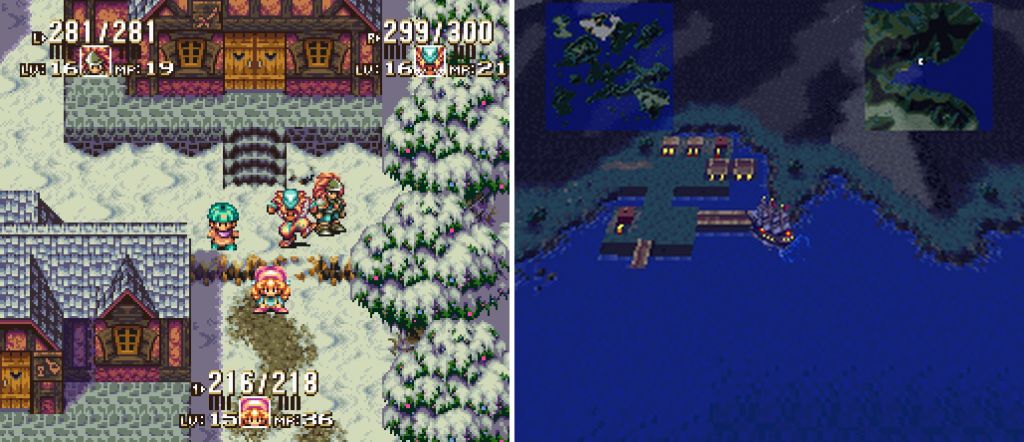


A steady flux of JRPGs began arriving in the US market, while a few of them made their way to Europe. No company outside Nintendo itself would risk it, until Squaresoft started testing the waters in the US with Final Fantasy: Mystic Quest, an entry level JRPG meant to teach fresh Super Nintendo-owning westerners the joys of turn-based battles. Seems like a truly daunting proposition considering that RPGs were not all that popular in the West at the time. Now consider that the third most important market (Europe) has no less than a dozen different languages and your fantastic 16-bit RPG masterpiece would have to be translated into - at the very least - English, German, French and Spanish. Add to this the complexity and effort that would take to translate RPGs, which had thousands of times more text than your average arcade conversion or platformer, and it becomes even more of a financial risk. As such, making video games was a monumental task even if your name was Capcom, Konami, Namco, Squaresoft or Enix. The most important factor was, of course, money during an epoch where Nintendo controlled every aspect of cartridge production worldwide, developers always had the scary proposition of ordering a few thousand units and then facing the risk of not being able to sell enough of them to cover production costs. But why were such quality games so hard to bring overseas? The most reliable source on these releases was printed media, with magazines such as the French edition of Super Power extensively covering manga and anime video game licensed releases while cult classic British magazine Super Play dedicating many pages to Japanese RPGs. But it was not just superior box art that was coming out of Japan - some of the greatest video games of all time were being released in the Land of the Rising Sun at this time.


 0 kommentar(er)
0 kommentar(er)
